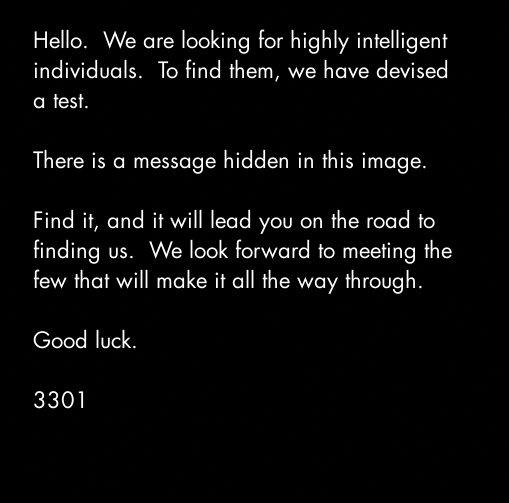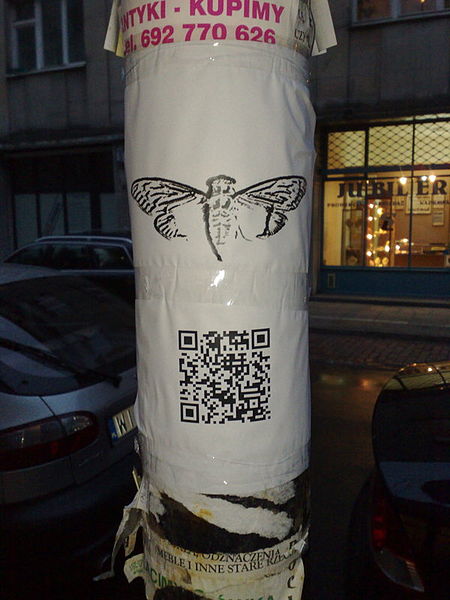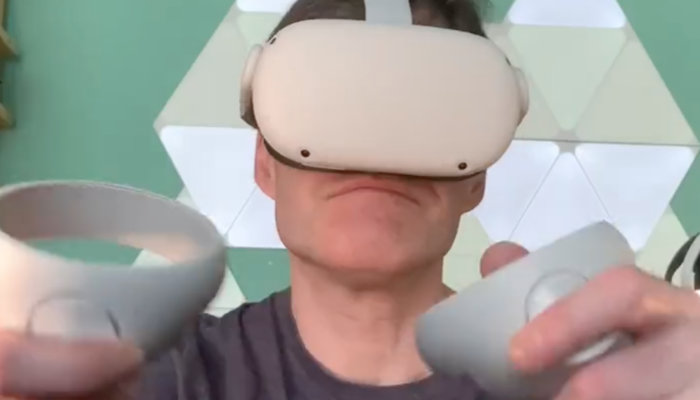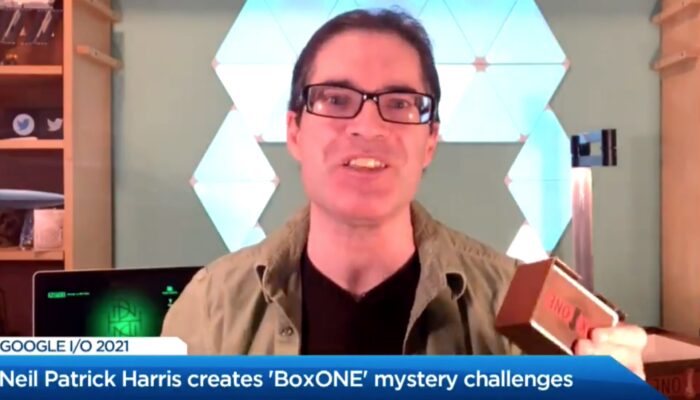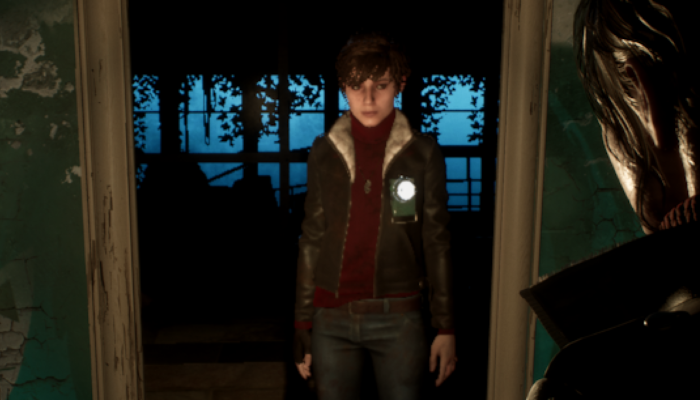The internet is home to many puzzles, pranks, mysteries, and conspiracies, but there is one right now that is capturing the imagination of web surfers more than any other. It’s known as Cicada 3301 and is a Da Vinci Code-like trail of messages and clues hidden within images, web addresses, GPS coordinates, and areas of the web so remote even Google’s search engine can’t find them.
The complexity and difficulty of the puzzles has attracted PhD students, hackers, security experts, and IT professionals from around the world. They gather in chat rooms to exchange clues and theories, but most importantly to try to work out who’s behind them.
In two years of following the cryptic challenges no one has been able to trace the puzzles back to their origin or identify the individual or group behind them. The clues often feature a Cicada, an insect that lies beneath the ground for 17 years (a prime number and favourite amongst cryptographers), but beyond that the only real hint is this introductory message from the first clue that appeared on January 5th, 2012:
As you can imagine, there’s much speculation as to who might be “recruiting”. Some say it’s a spy agency like the NSA or MI6, others think it’s a hacker group similar to Anonymous, and then there’s a few who think it might be a security company or a bank.
At first most thought it was just a lonely hacker, playfully putting others on the chase, but on January 9th the next clue spat out a series of GPS coordinates – Warsaw, Paris, Seattle, Seoul, Arizona, California, New Orleans, Miami, Hawaii, and Sydney. After organizing themselves online, fans managed to visit the locations, finding paper clues with QR codes attached to street posts. Whoever was behind Cicada 3301 seemed to have resources and real-world organization.
Poster found at GPS coordinates in Warsaw, Poland
Like the Cicada referred to in the puzzles, the challenges emerge briefly and then disappear. The first began on January 5th, 2012 running for a month before reaching a countdown clock and shutting down after select “winners” were chosen, never to reveal what they found. The beginning of this year brought another puzzle chase, starting January 5th again before shutting down to claim another group of “winners”. Whatever they found, they’ve kept secret. Now just a month away from when the puzzles might appear again, the hype and wild speculation is growing.
Some claim to know that the group behind Cicada 3301 is dangerous and best avoided, others that it’s a secret “think tank” or that the winners have been put to work solving new puzzles in private, like some kind of cryptopuzzle-of-the-month subscription.
Whatever the real story, the creator of Cicada 3301 is riding the coattails of a more famous puzzle legend, that of newspaper crosswords being used to recruit a new generation of code breakers during World War II.
In 1941 the Daily Telegraph newspaper in London held a crossword competition, seeking out talented individuals who could do the paper’s crossword in 12 minutes or less. It was sponsored by the Eccentric Club who promised to donate £100 to the Minesweepers fund should anyone prove it could be done.
25 readers answered the call, assembling at the Telegraph offices for a strict round of puzzle-solving with several clocking in times of 8 minutes or less.
It wasn’t until 30 years later, when details surrounding the war were declassified, that it was revealed that the Eccentrics Club was in fact the British Intelligence agency MI8, and that the winners of the competition where covertly and recruited to join a secret code breaking facility at Bletchley Park known as Station X.
Author Michael Smith, who has worked with the Bletchley Park Trust to record remembrances from Veterans of the time, has the details from veteran Stanley Sedgwick who was one of the crossword solvers:
“Imagine my surprise when several weeks later, I received a letter marked ‘Confidential’ inviting me, as a consequence of taking part in ‘The Daily Telegraph Crossword Time Test’, to make an appointment to see Col Nichols of the General Staff who ‘would very much like to see you on a matter of national importance’.” Col Nichols was the head of MI8, the military intelligence department concerned with Bletchley Park, which was referred to by those in the know as BP or Station X.
“I arranged to attend at Devonshire House in Piccadilly, the headquarters of MI8, and found myself among a few others who had been contacted in the same circumstances,” Mr Sedgewick recalled. “I think I was told, though not so primitively, that chaps with twisted brains like mine might be suitable for a particular type of work as a contribution to the war effort.”
For Stanley Sedgewick, solving a crossword lead him to the double life of a spy, forbidden to tell his friends and family what he was working on while helping a team lead by great minds including Alan Turing, Tommy Flowers, and William Tutte. By breaking the Enigma and other covert German codes, Station X is credited with bringing the war to an end two years sooner.
If you enjoy crossword and problem-solving challenges, you can’t help but fantasize about tripping across a covert puzzle one day that would lead you to adventure and glory. In the case of Cicada 3301, I think its creator has just taken it one step further by creating the puzzle him or herself.



